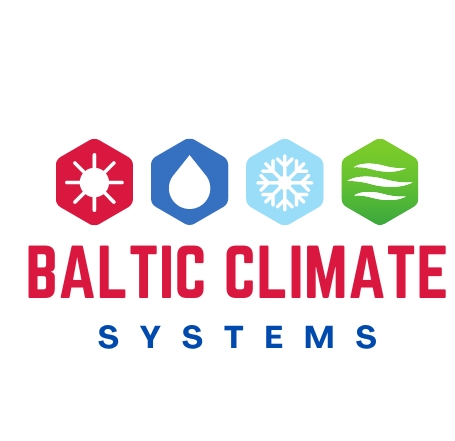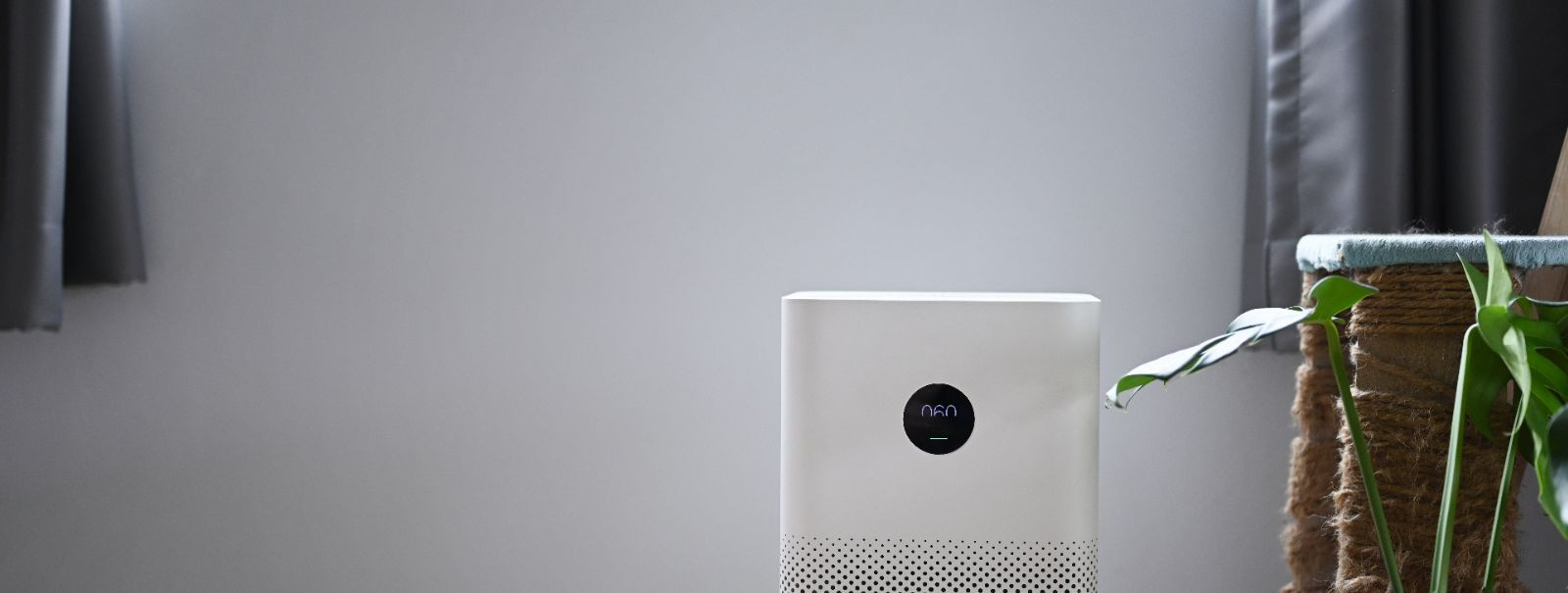The importance of indoor air quality for your health
Indoor Air Quality (IAQ) refers to the air quality within and around buildings and structures, especially as it relates to the health and comfort of building occupants. Understanding and controlling common pollutants indoors can help reduce your risk of indoor health concerns.
Indoor air pollutants can come from various sources and can include substances like volatile organic compounds (VOCs), particulate matter, mold, pollen, pet dander, and environmental tobacco smoke. These pollutants can have a significant impact on our health and well-being.
Indoor air quality is typically measured by the concentration of pollutants in the air and the rate of ventilation. Tools such as air quality sensors and monitors can be used to detect levels of specific pollutants and overall air quality.
The Health Impacts of Poor Indoor Air Quality
Exposure to poor indoor air quality can lead to immediate health effects such as headaches, dizziness, fatigue, and irritation of the eyes, nose, and throat. These symptoms are often short-lived and may disappear once the individual is no longer exposed to the pollutant.
Long-term exposure to poor indoor air quality can contribute to the development of respiratory diseases, heart disease, and cancer. The risk of such effects increases with the time spent in the polluted environment.
Key Factors Affecting Indoor Air Quality
Materials used in building construction and the furnishings within can release pollutants more or less continuously. Examples include asbestos-containing insulation, damp carpets, and furniture made of certain pressed wood products.
The design, maintenance, and operation of HVAC systems have a profound impact on IAQ. Systems that are not well-maintained can become sources of pollutants themselves.
The level of outdoor air pollution and the rate at which outdoor air replaces indoor air (air exchange rate) also affect indoor air quality. Inadequate ventilation can increase indoor pollutant levels by not bringing in enough outdoor air to dilute emissions from indoor sources.
Improving Indoor Air Quality: Strategies and Solutions
Eliminating individual sources of pollution or reducing their emissions is an effective way to improve indoor air quality. This may involve the removal of the sources, or sealing them off.
Increasing the amount of outdoor air coming indoors can help reduce the concentration of indoor air pollutants. This can be achieved through natural ventilation, such as opening windows, or through mechanical means, such as through the HVAC system.
Various air cleaning technologies, including air purifiers and HVAC filters, can remove pollutants from indoor air. The effectiveness of an air cleaner depends on the type of pollutant removed and the strength of the pollutant source.
Role of Professional Indoor Air Quality Solutions
Professional IAQ solutions begin with a thorough assessment and monitoring to identify the types and sources of indoor air pollution. This step is crucial for developing an effective strategy to improve air quality.
Companies like BALTIC CLIMATE SYSTEMS OÜ specialize in providing customized climate control solutions that not only regulate temperature but also improve indoor air quality. These solutions are designed to meet the specific needs of each building or space, ensuring a healthier indoor environment.






Comments (0)